It might sound foolish, but less than 100 years ago, people believed that radioactive elements were wondrous things. It was also widely accepted that a little bit of radium was good for human health. It was believed that it cured cancer, arthritis, high blood pressure, fever, constipation and that it could improve vitality in the elderly. So, many industries included radium in their products.
There were radium clinics and spas, radium cosmetics, radium toothpaste, and even radium-infused tonic water. But people mostly loved the radium in the special glowing paint, the high-tech paint UnDark. It was discovered by Dr. Sabin A. von Sochocky.
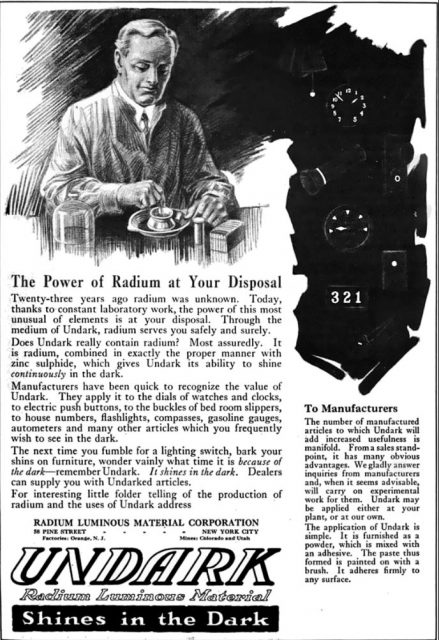
Luminous radium found a place in a dial-painting “studios” where glowing paint was applied to instrument gauges, clocks, and wristwatches for the USRC — United States Radium Company. The first such studios were open in New Jersey, Newark, Illinois, and in Ottawa, Canada.
With the U.S. entering the first world war in 1917, the main workforce shifted from men to women. There was a huge demand for the paint that allowed America’s infantrymen to read their wristwatches and instrument panels at night. Thousands of girls were employed in factories where they applied the UnDark paint.
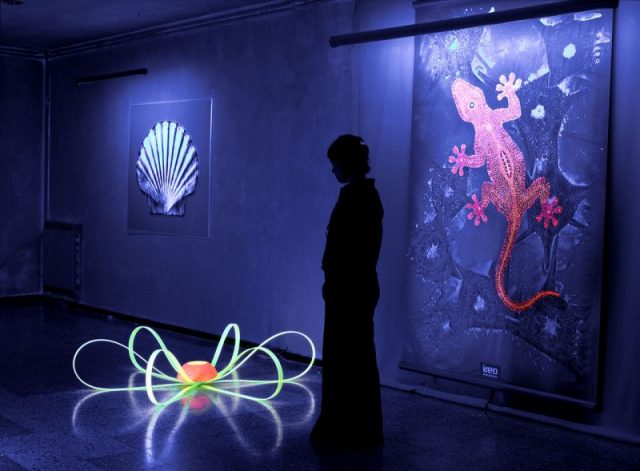
The work was glamorous – it was all girls, some as young as 14, seated in rows and earning three times more than other factory workers. The girls were encouraged to suck their camelhair paintbrushes, which were dipped into radium solutions, to make precise handwork. The employers and the higher staff had some limited knowledge of the danger that the element contained, but the workers had none.
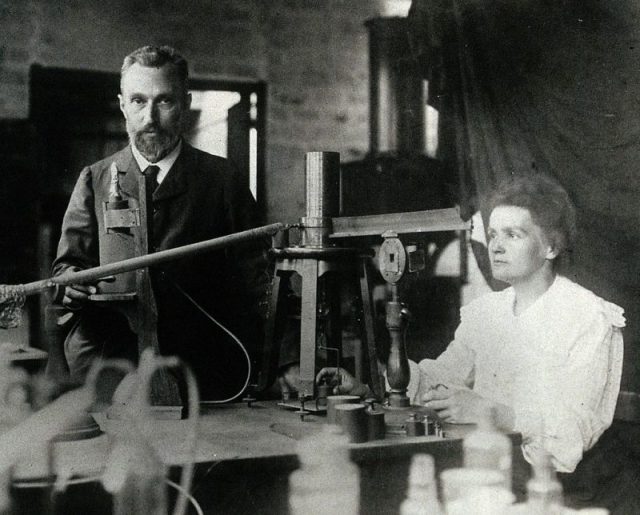
Pierre and Marie Curie first identified the radium element in 1898, but it wasn’t until 1910 that Marie successfully isolated a sample of it to work with. She got herself unpleasant burns by improperly handling radium, after which the couple knew that their discovery was dangerous.
Related Video: The people who live in Chernobyl’s radioactive zone
https://youtu.be/tbNeYNLrWwA
However, it became common knowledge after dangerous symptoms began to surface. Several female workers died due to radiation poisoning along with Dr. Edwin E. Leman, the company’s chief chemist.
More and more women suffered chronic exhaustion, severe tooth decay, symptoms of anemia, bone fractures, produced stillborn babies, and developed necrosis of the jaw – a condition that became known as a radium jaw.
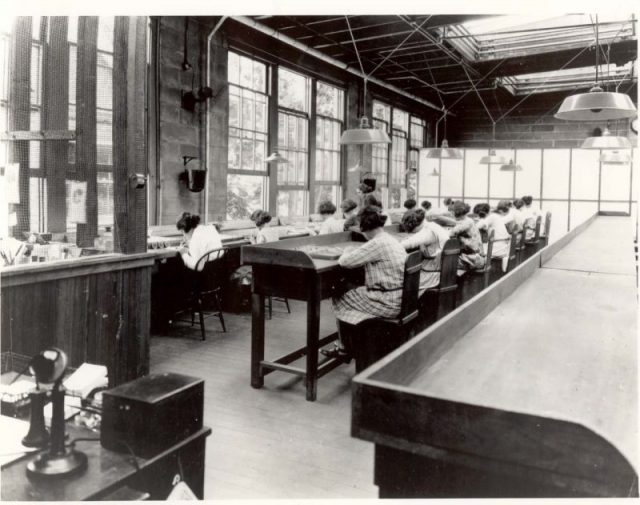
The corporations, along with their military contractor, tried to blur the damage by faking examinations on the factory workers, instructing medical officials to keep quiet about their discoveries and claiming that symptoms were simply a viral infection, not radiation poisoning. They went so far as attributing the symptoms to syphilis which at the time was a widespread disease.
Incoming patients were additionally exposed to radiation from early X-ray machines while trying to establish their diagnosis, which made things worse. The poisoned women became known as the Radium Girls.
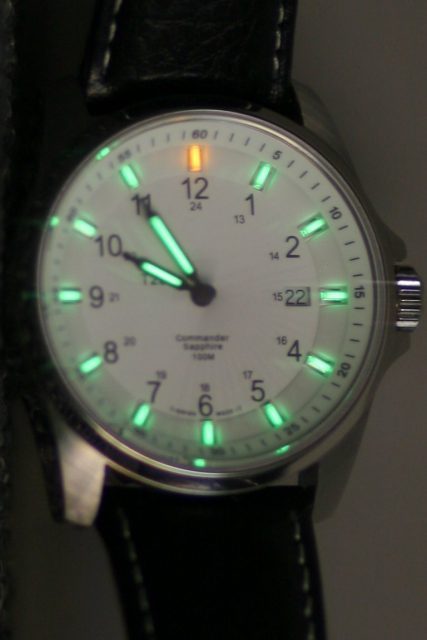
When the news reached Marie Curie in Paris, she was the one supposed to face thousands of people (mainly women) with the statement: “I would be only too happy to give any aid that I could… [but] there is absolutely no means of destroying the substance once it enters the human body.”
In 1927, five very sick but very determined Radium Girls – Grace Fryer, Quinta McDonald, Albina Larice, Edna Hussman, and Katherine Schaub – decided to sue Radium Dial, the company that exposed them to radium.
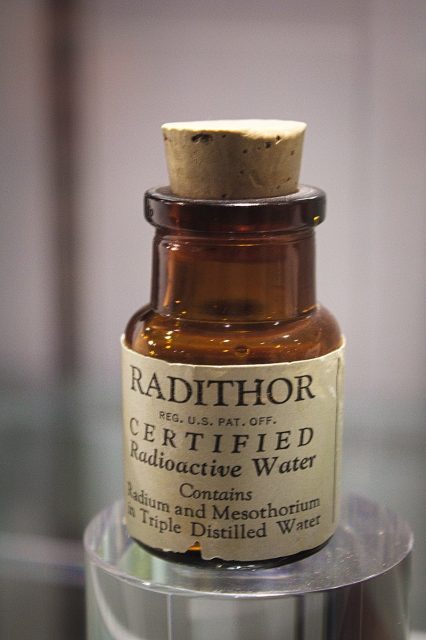
It was very difficult for them to find a lawyer, until Dr. von Sochocky got sick. The man who tried so hard to convince everybody that there were no serious side effects of the paint he discovered didn’t even want to admit that he was sick. When he realised he may be facing his own death, von Sochocky finally decided to help the girls.
Fryer managed to hire a lawyer, Raymond Berry, and in 1928 she took her employer to court. It was a nasty and slow-moving case. Unwilling to face consequences, Radium Dial postponed the trial for as much as they could, hoping that Fryer would die in a meantime. She didn’t, but fifty other women did.
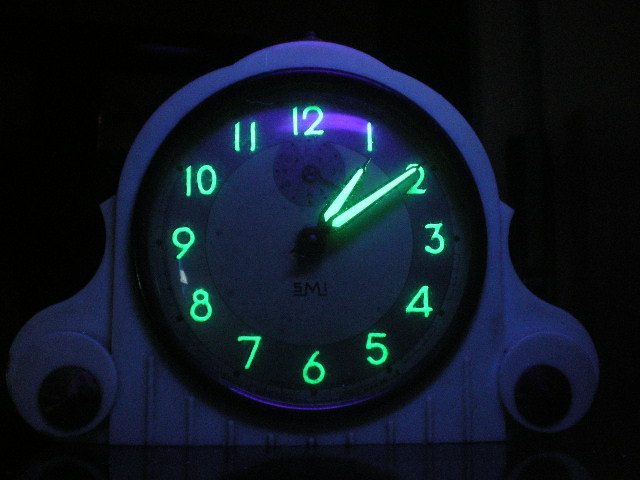
When Radium Dial said that the reason for postponing was that their witnesses were summering in Europe, the media and the public came out in rage and massively supported the girls.
Legal precedents had to be made with the court ruling that each woman would receive $10,000 (roughly equivalent to $145,200 in 2019), and another $600 per year (equivalent to around $8,400) annuity plus $12 a week for the remainder of their lives while they lived. All medical and legal expenses incurred would also be paid by the company.

Unknowingly, the Radium Girls served to test the human limits of tolerance for radioactive substances. The level of radiation some of the women endured is simply incredible.
Read another story from us: Uranium in the Plates? Our Ancestors Dined off of Radioactive Tableware
To this day, more than 80 years later, the graves of the Radium Girls cause a Geiger counter to go crazy when turned on above the ground.
